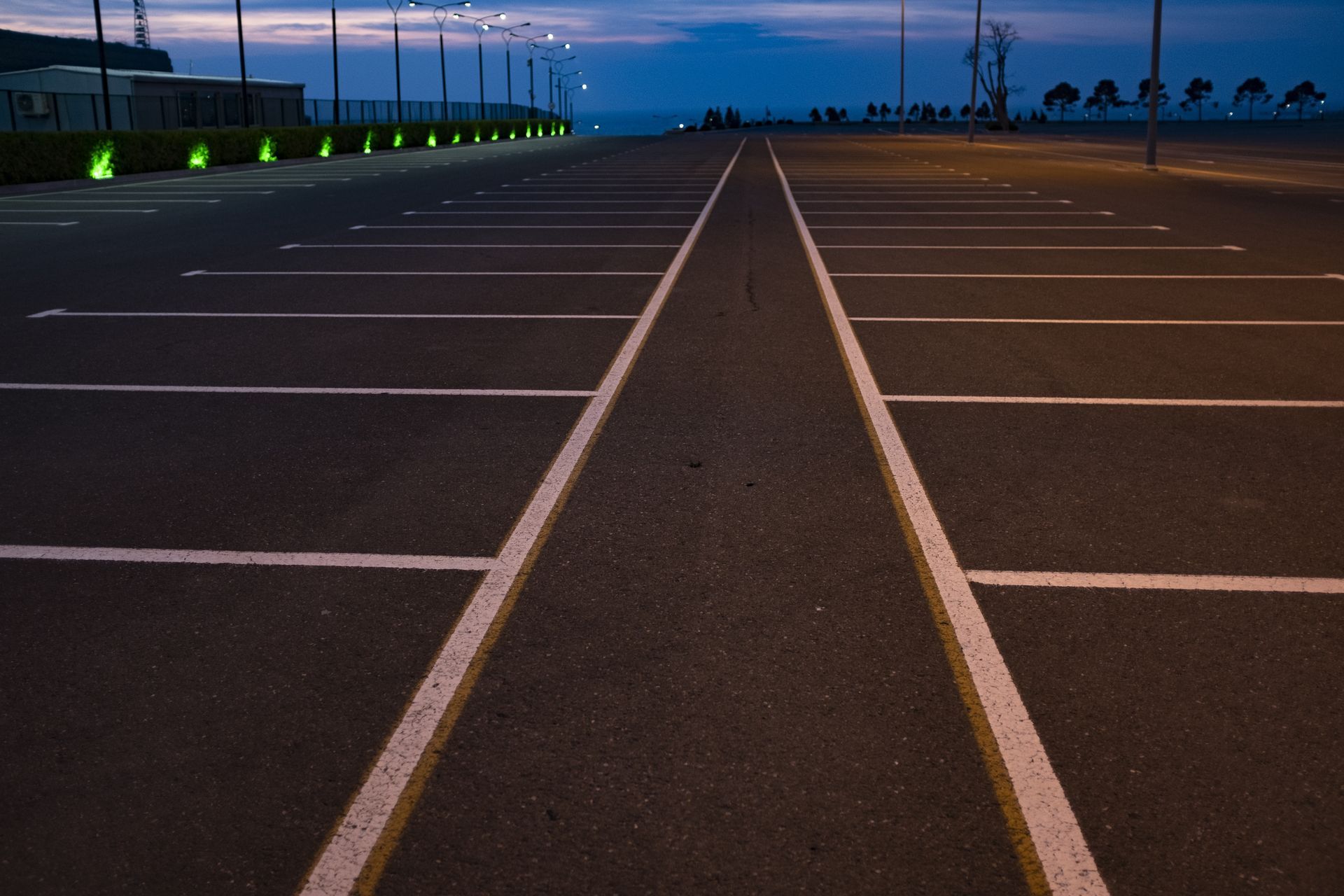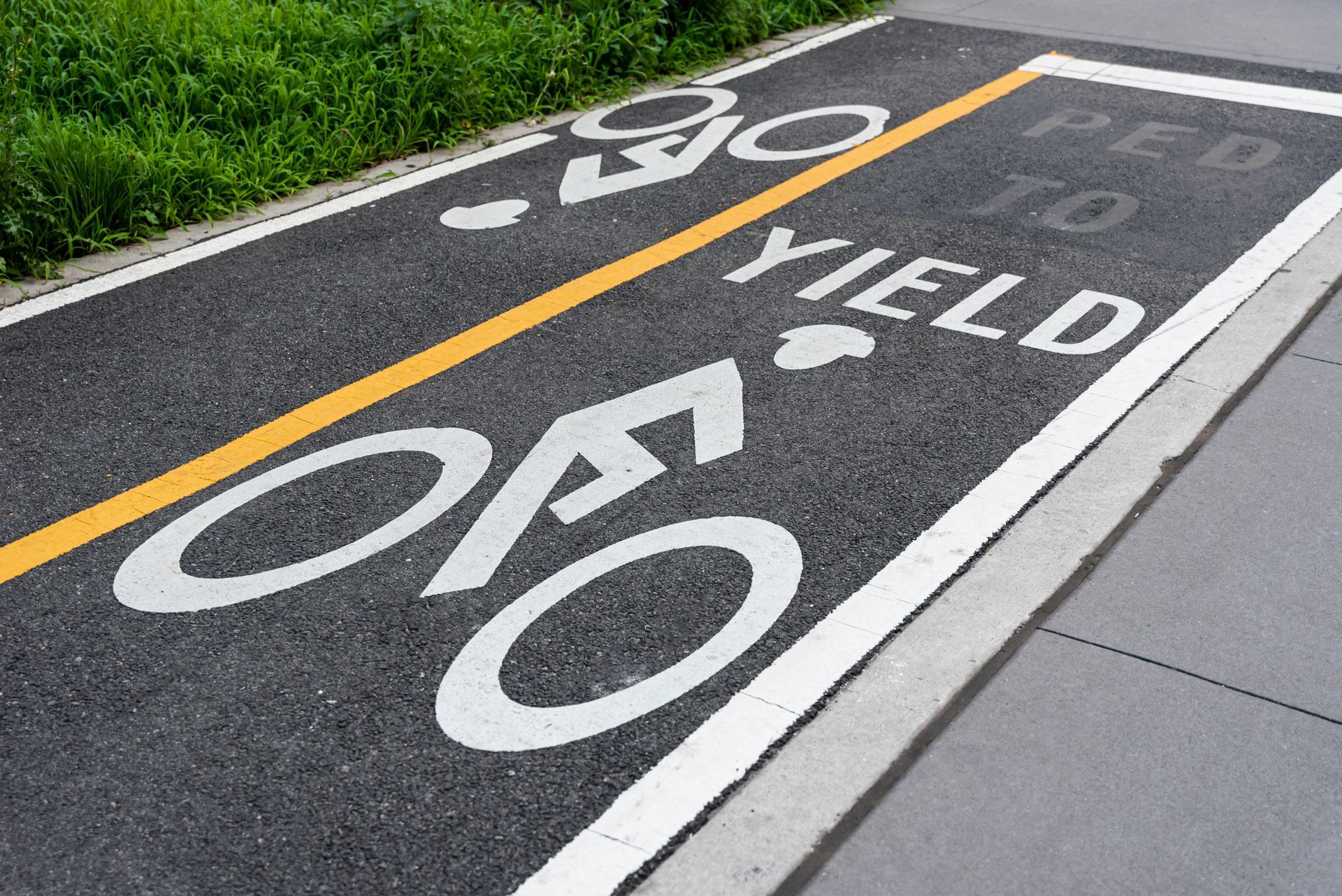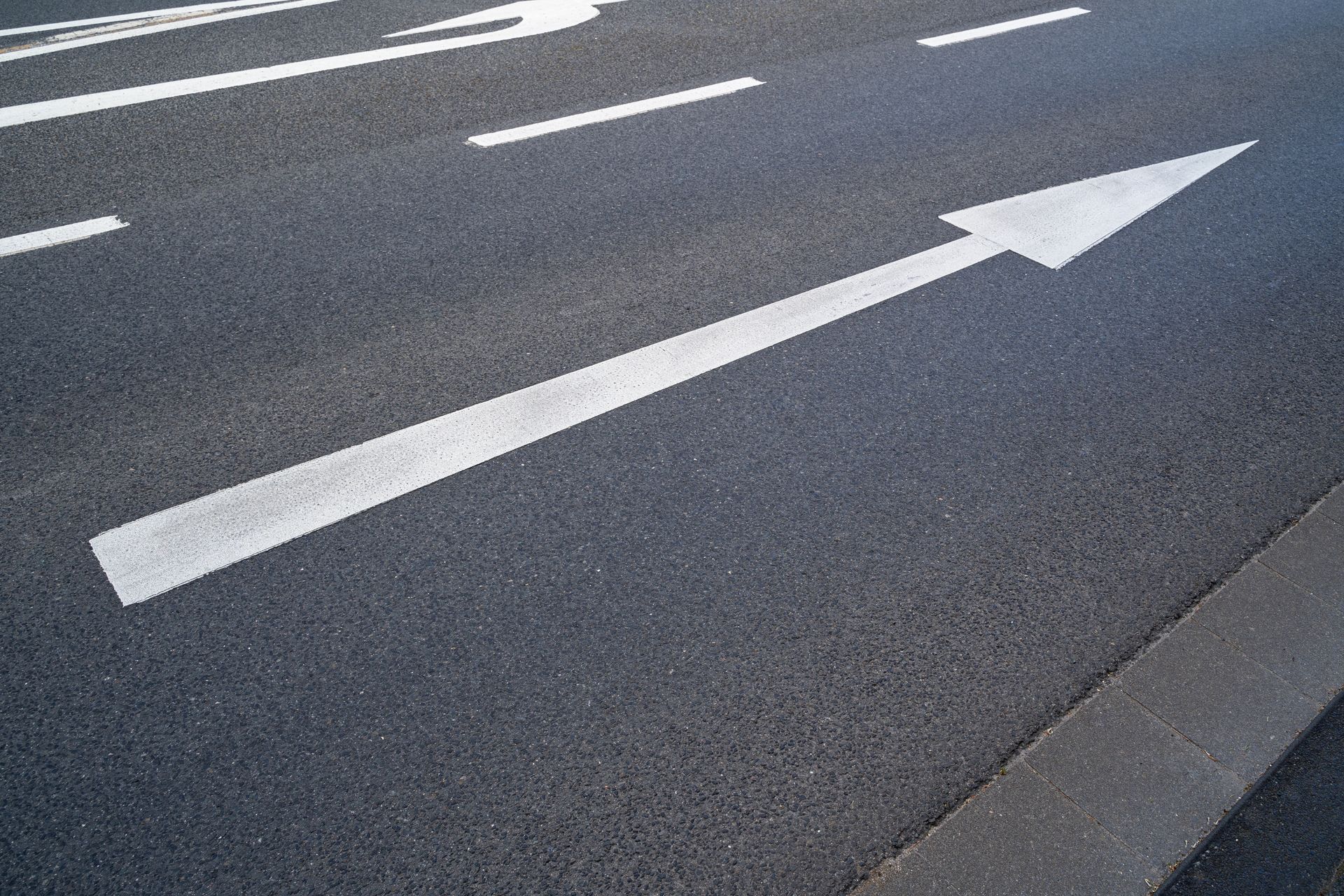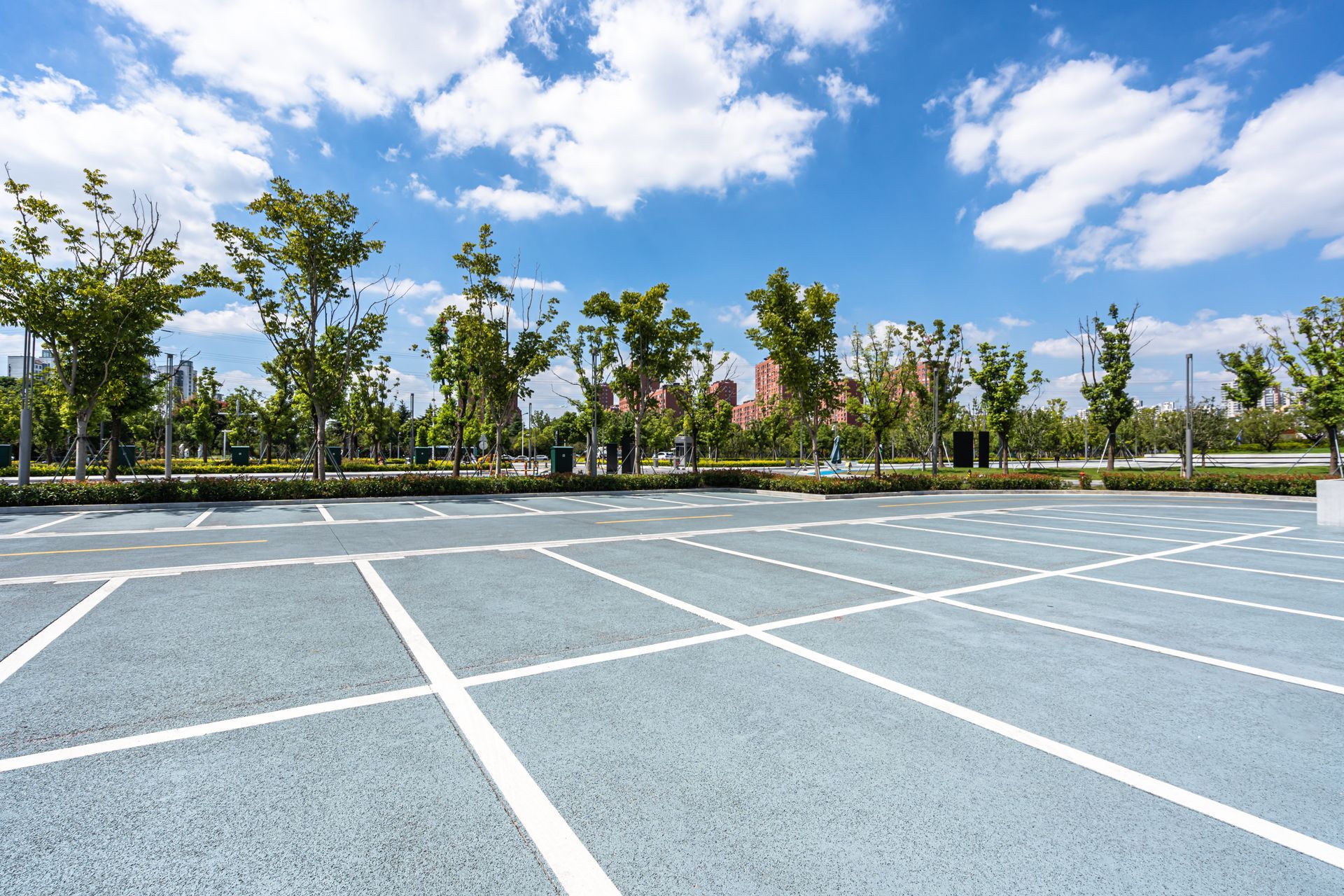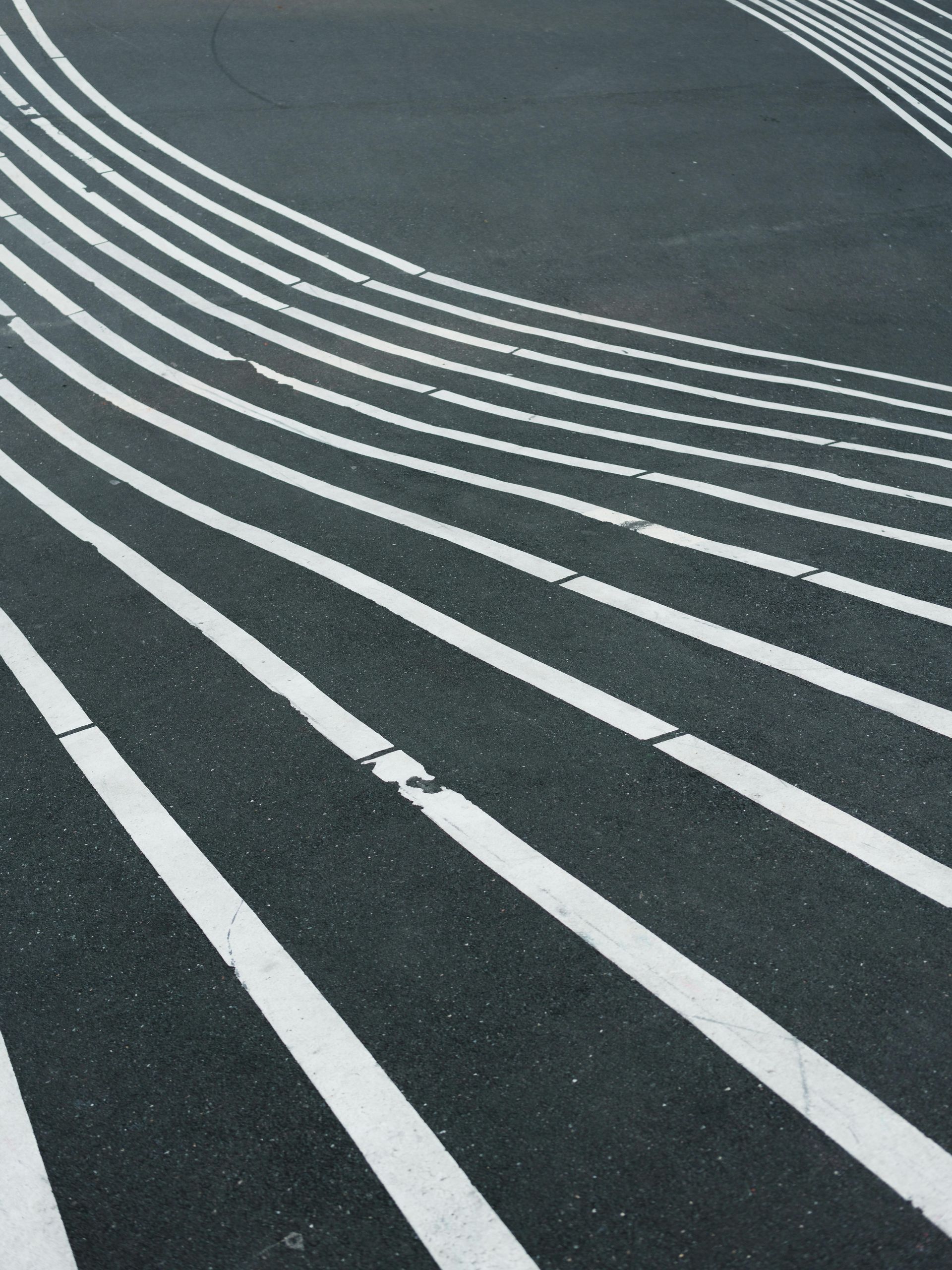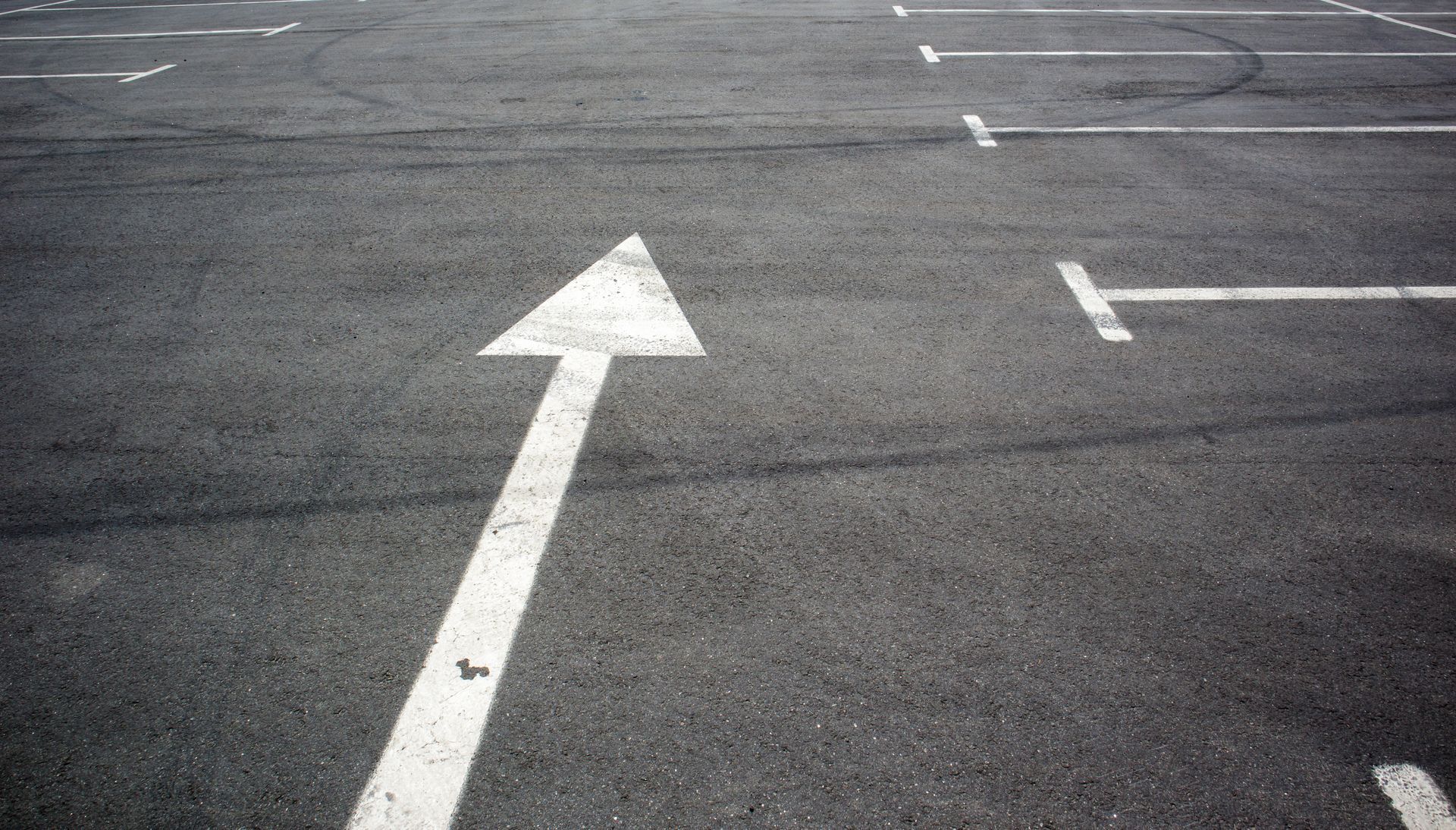Everything You Need to Know About Road Line Striping
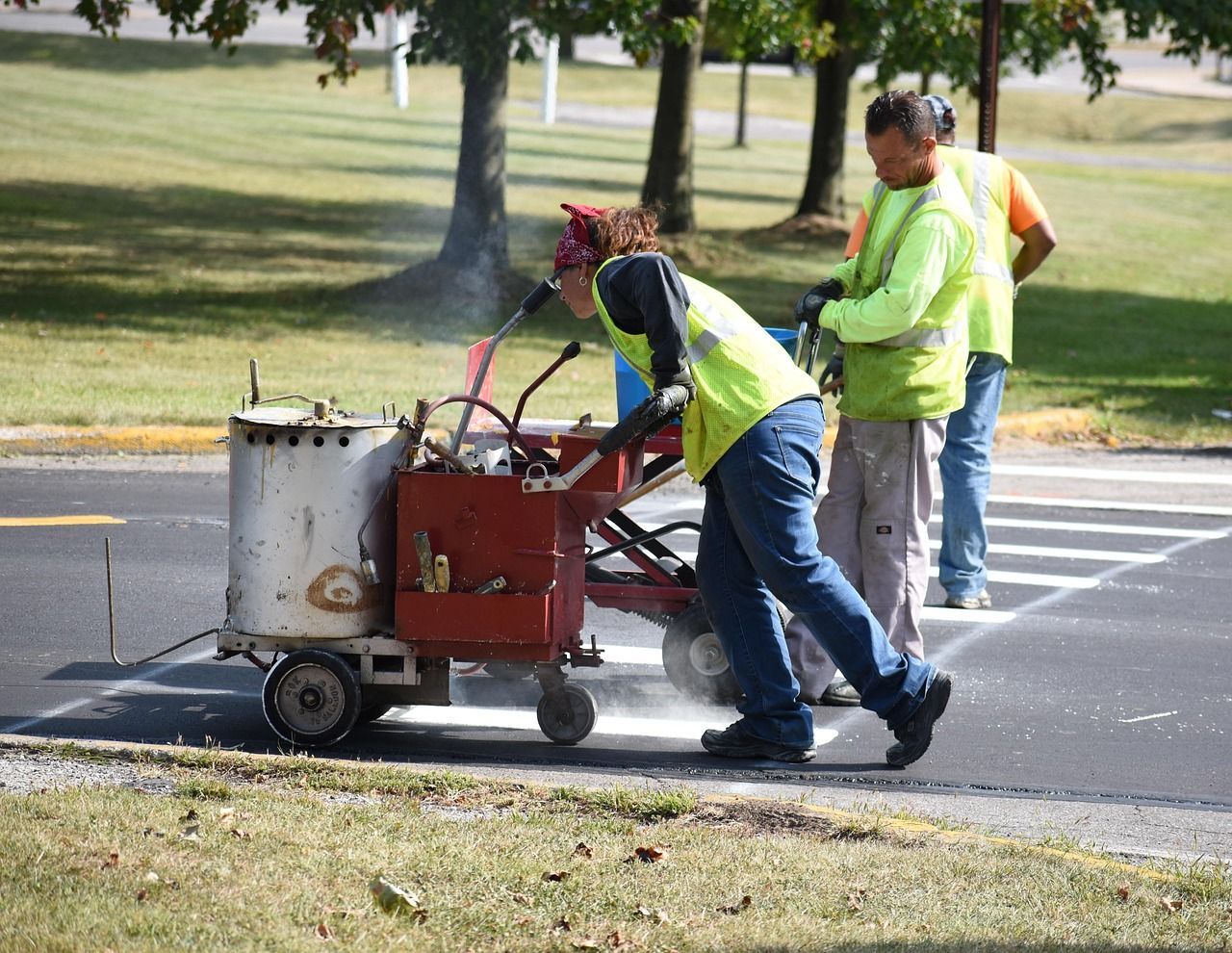
Roads may look simple at first glance, but without those bright, organized lines guiding us, traffic would be absolute chaos. Road line striping plays a crucial role in keeping drivers safe, organized, and moving in the right direction. Whether you are a driver wondering how those lines get there or a property manager responsible for safe traffic flow, understanding how road line painting services can give you a whole new appreciation for those stripes on the pavement.
In this guide, we are going to break down the purpose, process, and importance of
road line striping, while also sprinkling in some relatable insights that make the subject more than just paint on asphalt.
The Purpose of Road Line Striping: Why It Matters for Every Driver
Road line striping is far more than decorative paint. Those markings are lifelines for traffic control, pedestrian safety, and roadway organization. Imagine driving on a busy highway with no painted lanes. Cars would weave in and out, pedestrians would cross wherever they pleased, and intersections would become gridlock nightmares.
Here are some key reasons why road line striping is essential:
- Driver Safety: Clear lane markings help drivers stay in their lanes, reduce the risk of accidents, and guide them through curves, merges, and intersections.
- Traffic Organization: Without striping, traffic would be free-for-all chaos. Traffic line marking organizes vehicles and ensures smooth, predictable movement.
- Pedestrian Protection: Crosswalks are a vital part of striping, reminding drivers where pedestrians have the right of way.
- Legal Compliance: Highway Line Painting ensures that roads meet state and federal regulations. These markings must be clear, reflective, and visible under various weather conditions.
So the next time you are cruising on the highway, remember that those stripes are not just lines. They are silent guardians keeping traffic in order.
The Process Behind Road Line Striping
Have you ever seen those trucks with bright lights, tanks, and strange machines attached? Those are the workhorses behind road line painting services. The process is both technical and precise, and it takes skilled crews to get the job done right.
Here is a breakdown of how professionals handle the job:
- Preparation: Crews start by cleaning the road surface to ensure paint or thermoplastic material adheres properly. Dirt, debris, and old faded lines are often removed.
- Measuring and Layout: Before any paint hits the ground, measurements are taken to ensure that lanes, crosswalks, and arrows are in the correct positions. Precision is key because even a few inches off can confuse drivers.
- Application: High-quality paints or thermoplastic materials are applied using specialized striping machines. These machines can spray paint with incredible accuracy.
- Drying and Setting: Road markings must dry quickly to reopen traffic lanes. Fast-drying paint and reflective beads are often used to increase visibility, especially at night.
- Maintenance: Over time, road markings fade from traffic, sun exposure, and weather. Routine maintenance ensures stripes remain bright and effective.
If you ever wondered why some roads look perfectly striped while others look worn and faded, it all comes down to how often maintenance is performed.
Types of Road Line Striping and What They Mean
Not all stripes are created equal. The color, pattern, and type of line tell drivers exactly how to behave. Highway line painting is standardized to make driving predictable across all states.
Here is a quick guide:
- Solid White Lines: Used to separate lanes going in the same direction or to mark the shoulder. Crossing these lines is discouraged.
- Broken White Lines: Allow drivers to change lanes when it is safe to do so.
- Solid Yellow Lines: Used to separate traffic moving in opposite directions. Passing is not allowed.
- Broken Yellow Lines: Passing is allowed when the road ahead is clear.
- Double Yellow Lines: No passing allowed on either side. These appear on high-traffic or dangerous roadways.
- Crosswalks and Stop Lines: Painted white stripes that guide pedestrians and indicate where vehicles must stop at intersections.
Knowing these markings helps drivers make safe choices, and it highlights why
traffic line marking must always be clear and well-maintained.
Road Line Striping Challenges and Solutions
Like any part of road construction, striping comes with its own set of challenges. Weather, traffic, and material durability all affect how long those stripes last.
Some common challenges include:
- Weather Conditions: Rain or extreme heat can delay painting projects and affect paint adhesion.
- High Traffic Areas: Roads with heavy vehicle use see paint fade much faster.
- Improper Materials: Using low-quality paint leads to fading and frequent re-striping needs.
- Night Visibility: Stripes must be reflective for safe driving after dark. Reflective glass beads are often added for visibility.
Solutions usually involve investing in high-quality paints, thermoplastic applications, and scheduling regular maintenance.
Road line striping is not a one-and-done project. It is an ongoing effort to keep roads safe.
The Role of Road Line Striping in Community Safety
Road line striping is not just about cars. It is about the people in the community who rely on safe streets. Think about school zones, bike lanes, and crosswalks. Without clear markings, these areas would be hazardous.
- School Zones: Bright yellow markings signal reduced speeds and warn drivers to be cautious.
- Bike Lanes: Green or white striping designates safe spaces for cyclists.
- Parking Management: Organized parking spaces prevent chaos in public areas.
When communities invest in quality
traffic line marking, they invest in the safety and convenience of everyone who uses the roadways.
Call AccuLines Line Striping for Professional Road Line Striping in West Orange, NJ
At AccuLines Line Striping, we specialize in professional road line striping that keeps streets safe, organized, and compliant with traffic laws. Our team uses the latest equipment and high-quality materials to ensure your markings stand the test of time. Whether you are responsible for a local roadway, a private street, or a commercial property, we provide solutions that meet your exact needs.
In addition to road line striping, we also offer
asphalt line striping
and parking lot line striping
for businesses, schools, and facilities across West Orange, NJ, and surrounding areas. Call us today at (973) 985-4582
to schedule your service and make your surfaces safer and more efficient.
FAQs
How often should Road Line Striping be redone?
Most road markings need refreshing every 1 to 2 years depending on traffic volume, weather, and material quality.
What materials are used in Traffic Line Marking?
Common materials include water-based paint, solvent-based paint, and thermoplastic applications with reflective beads.
Can striping be done at night?
Yes, many crews work overnight when traffic is lighter to minimize disruptions. Special lighting and reflective beads ensure proper visibility.
Why do some road markings fade faster than others?
High-traffic roads, poor-quality paint, and harsh weather conditions are common reasons for faster fading.
Is Road Line Striping required by law?
Yes, public roadways must comply with federal and state regulations, which mandate clear and visible striping for safety.



